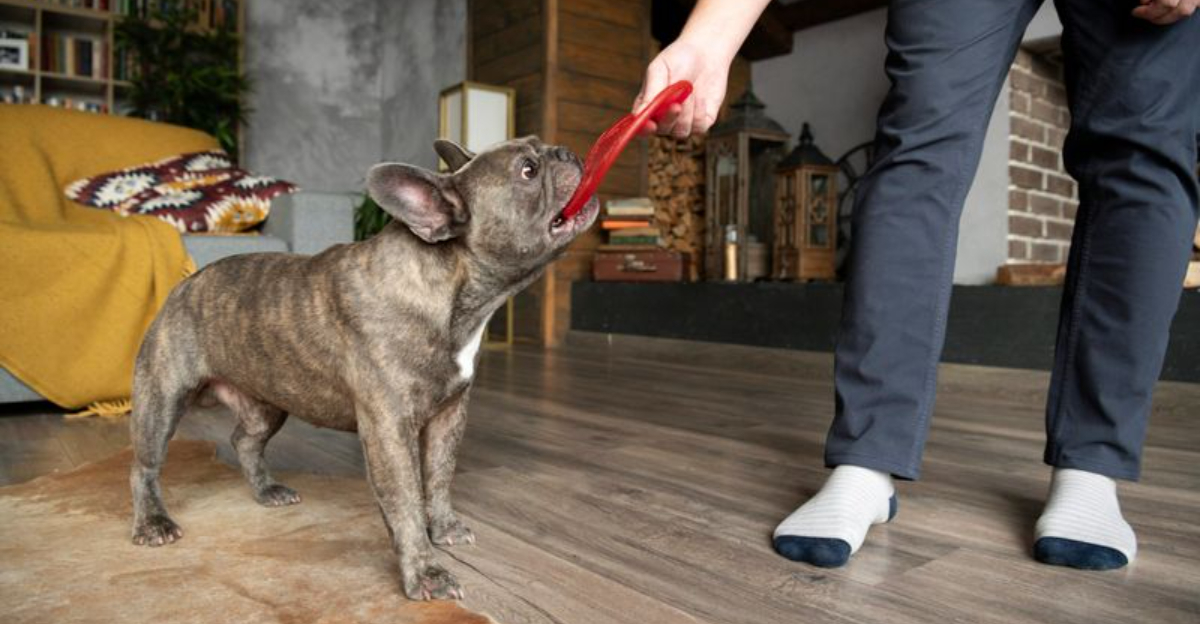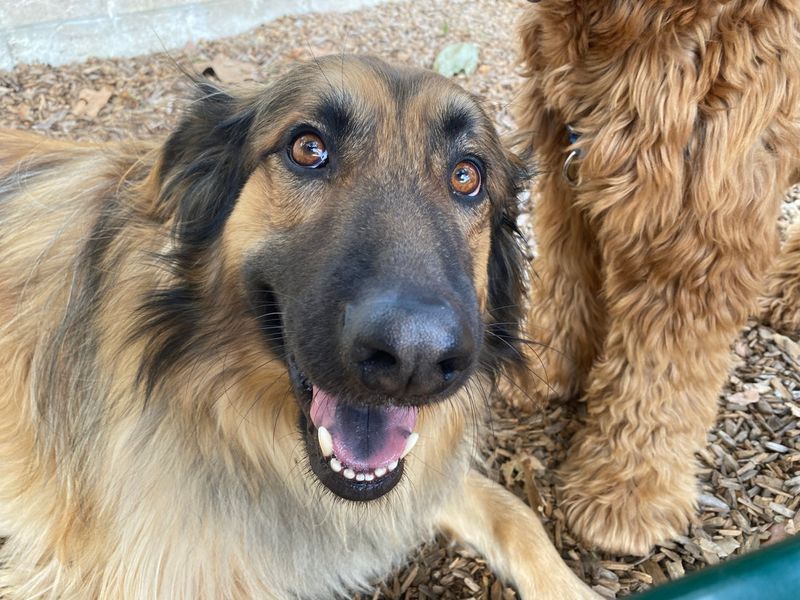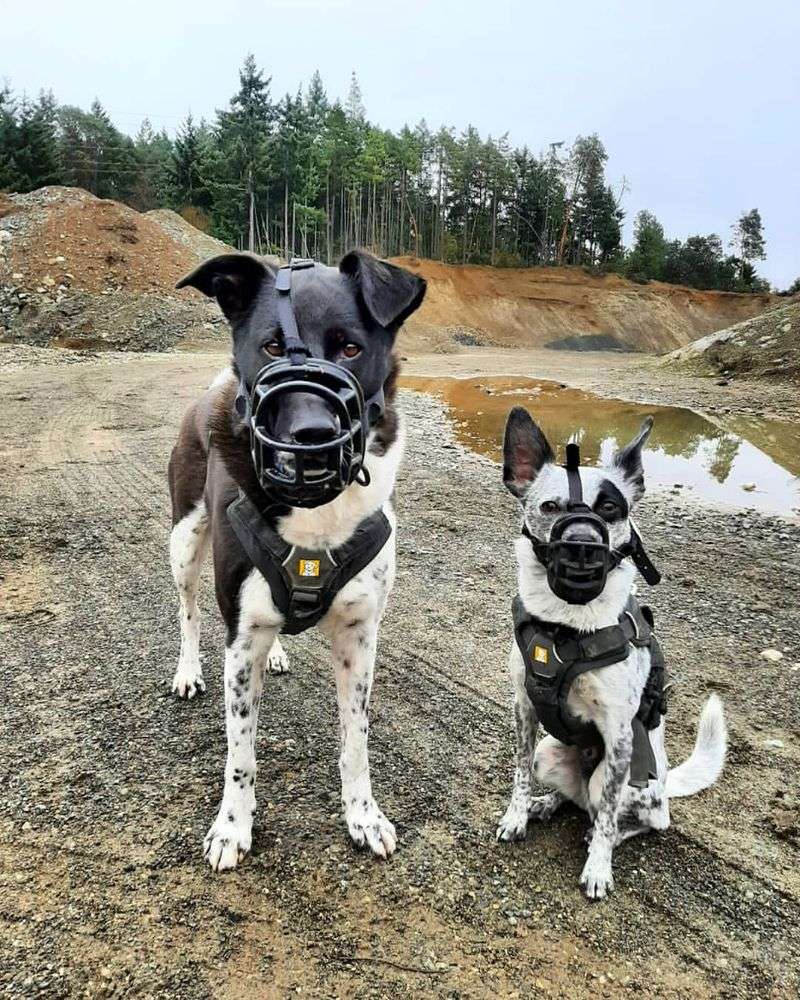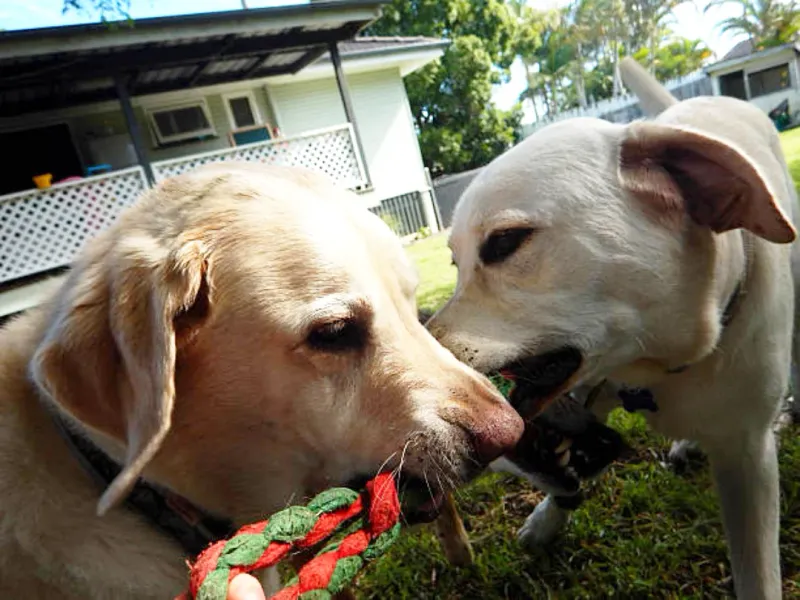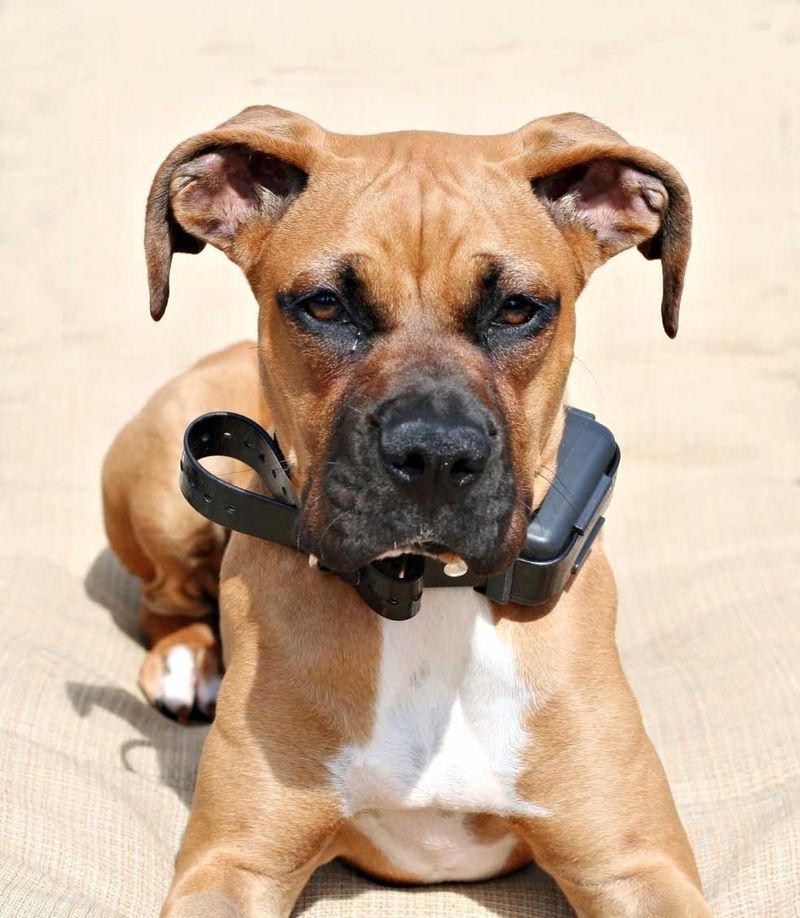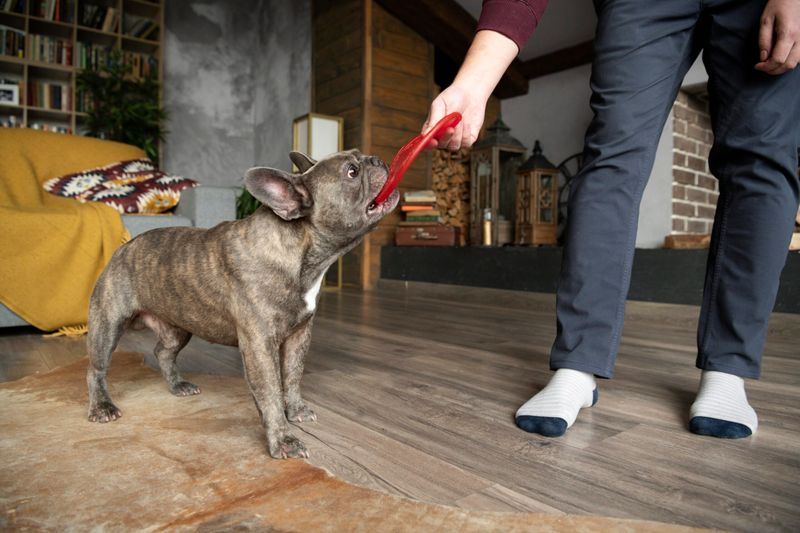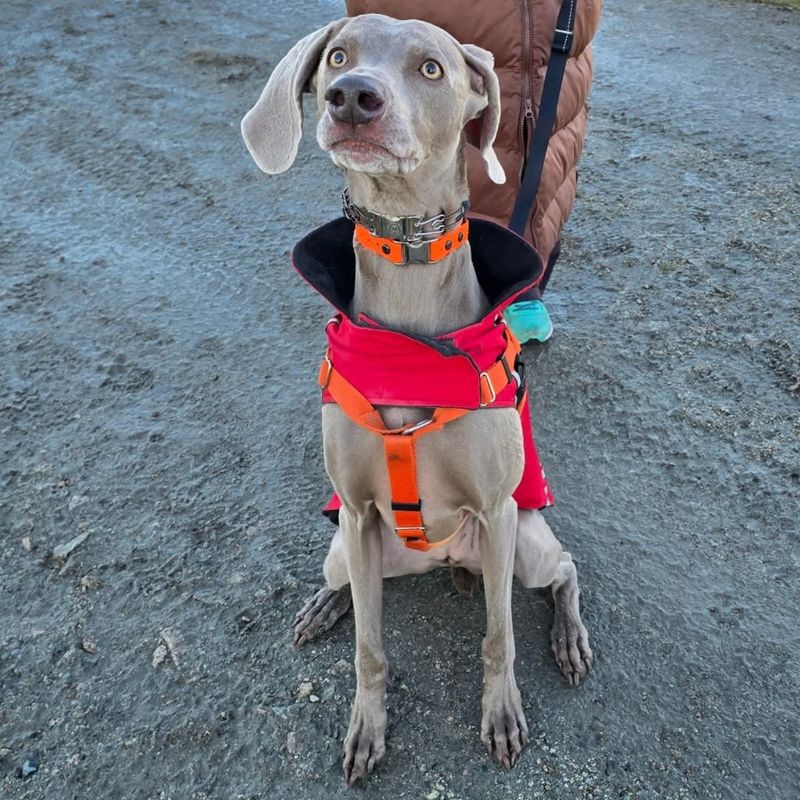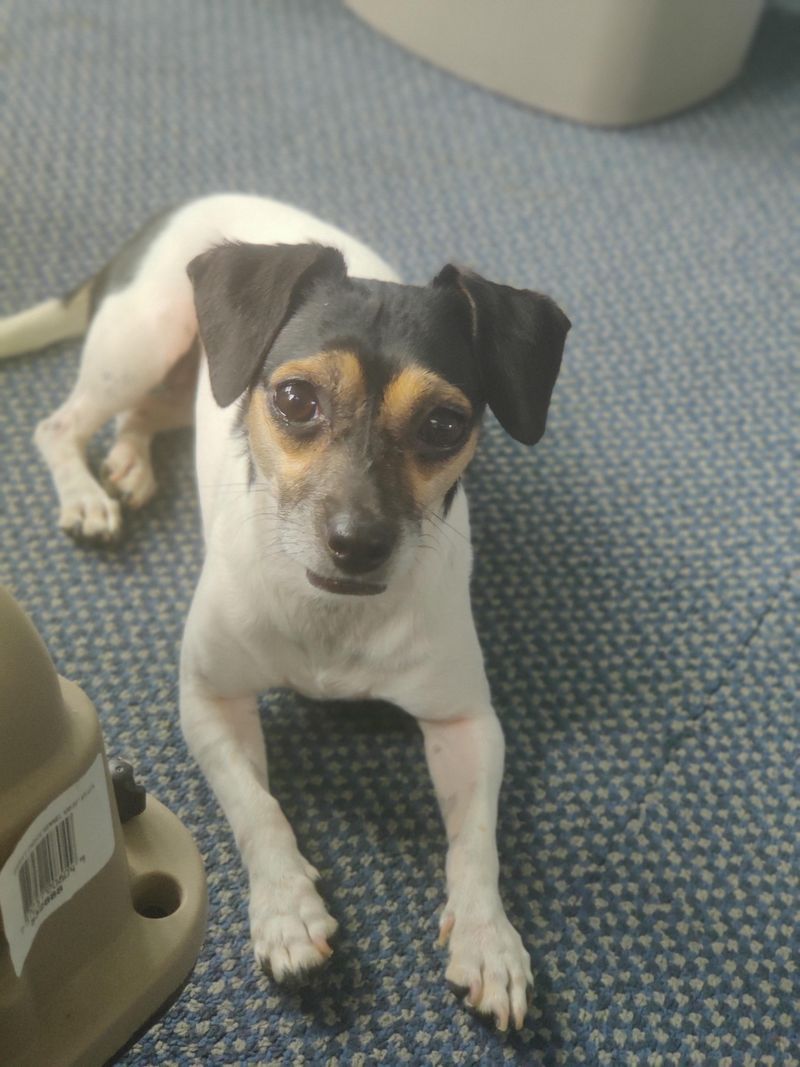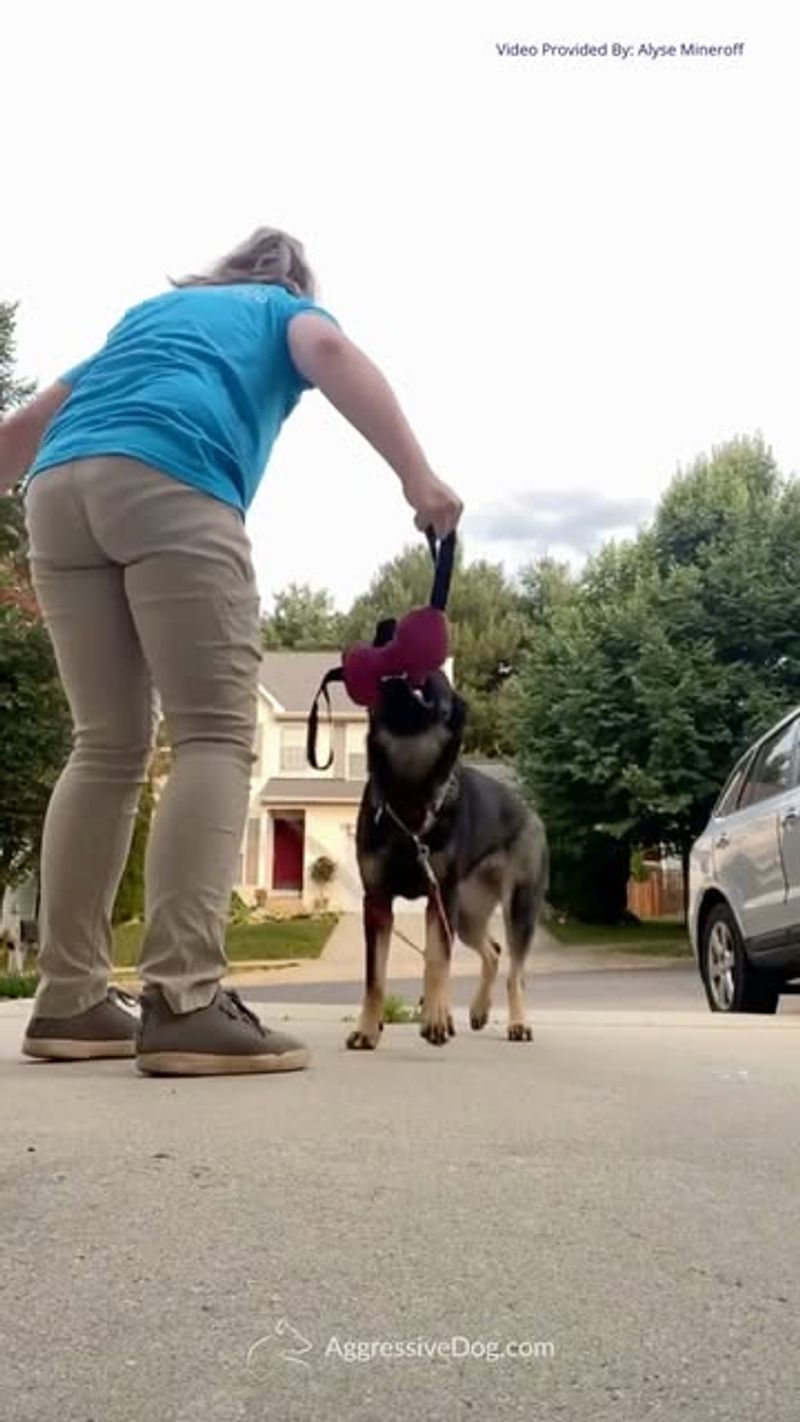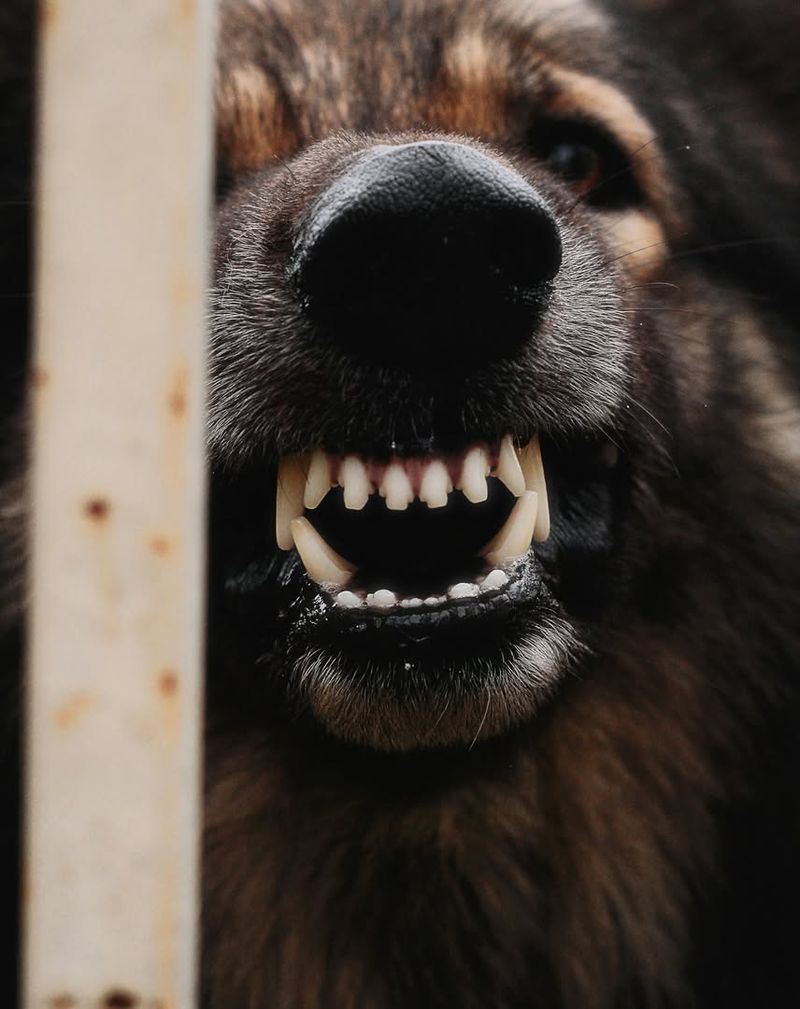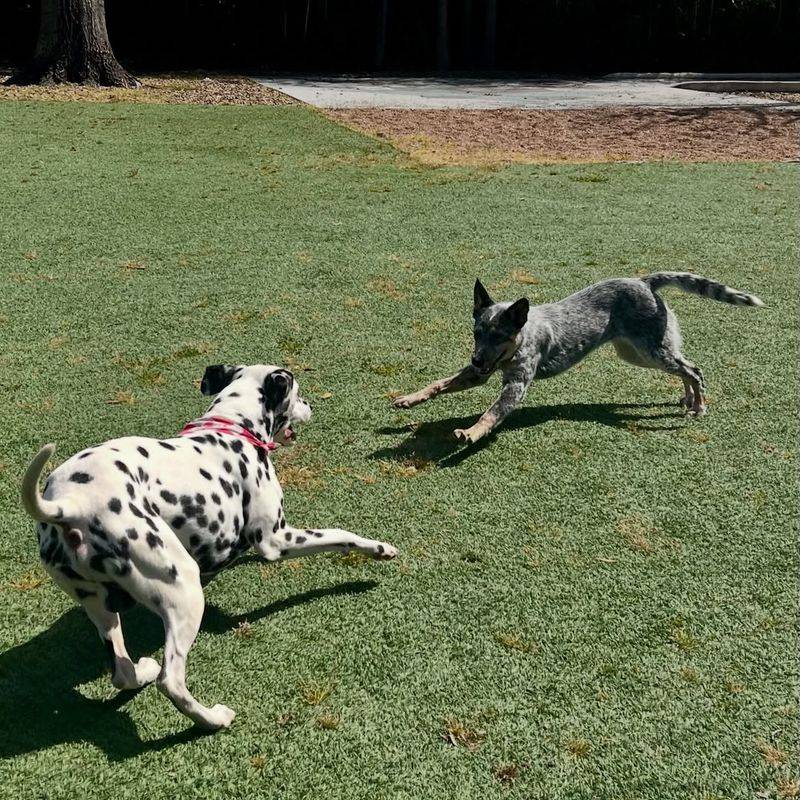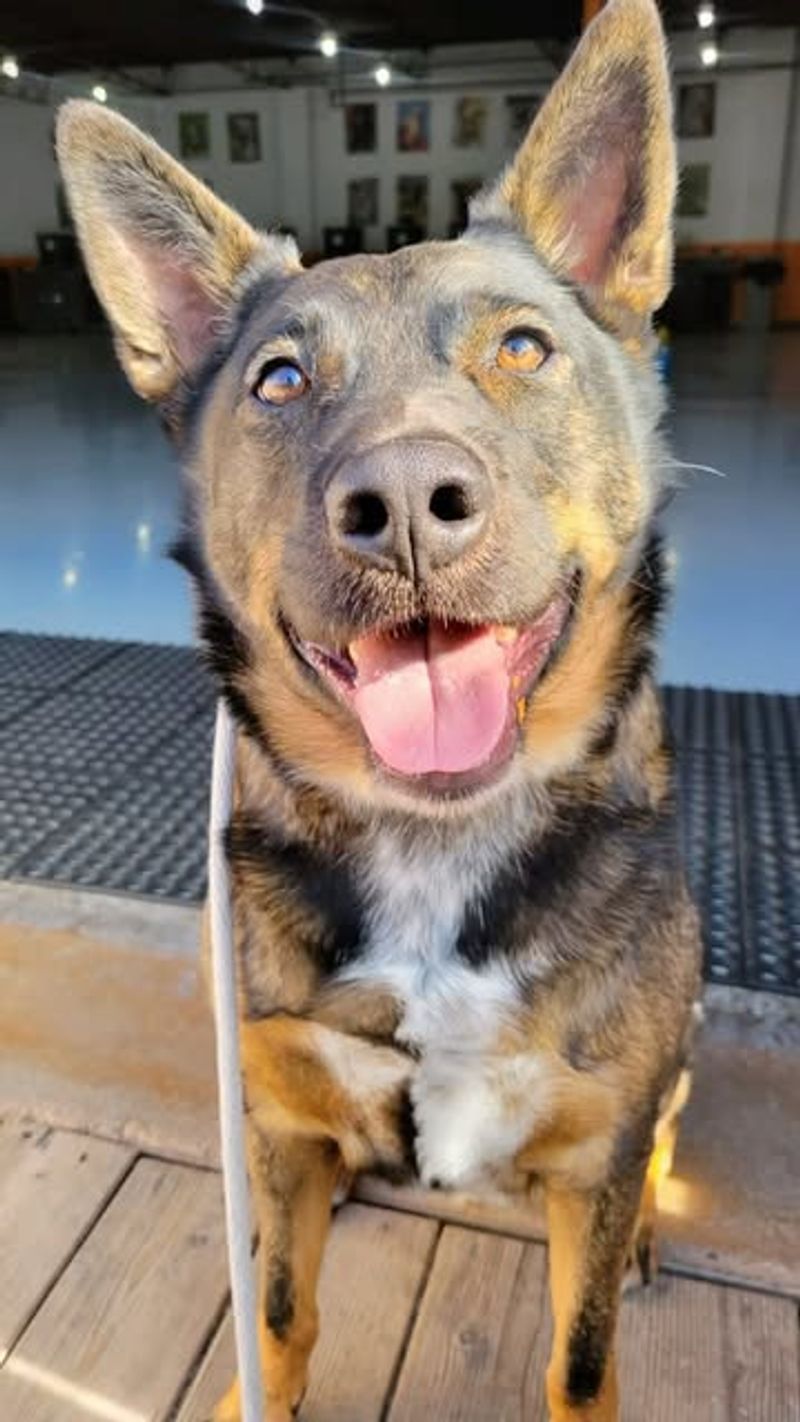Understanding the factors leading to dog aggression is crucial for every dog owner. By recognizing common mistakes, you can prevent aggressive behaviors and ensure a happy and healthy relationship with your canine companion. Let’s explore these 14 common pitfalls.
Lack of Socialization
Dogs, like humans, require socialization to understand how to behave around others. Without regular interactions, they may become fearful or anxious, leading to aggression. Exposing your dog to various environments, people, and other dogs during their formative months is essential. Puppies benefit from socialization classes or playdates to learn proper behavior. A dog that only knows isolation may react aggressively to unfamiliar stimuli. Overcoming this involves patience and gradual exposure, helping them become well-adjusted companions. Structured socialization is a proactive measure to foster positive behaviors.
Inconsistent Training
Consistency in training is key to developing a well-behaved dog. When commands and rules change frequently, it confuses the dog. This unpredictability can lead to frustration and aggressive outbursts. Dogs thrive on routine, knowing what’s expected of them. Clear, consistent commands create a stable environment where dogs feel secure. Engaging in regular training sessions, where everyone in the household uses the same commands and reward systems, ensures clarity. This approach fosters a harmonious relationship, minimizing potential aggression resulting from confusion.
Neglecting Exercise
Dogs have an abundance of energy that needs to be managed through regular exercise. Without sufficient physical activity, dogs may channel their pent-up energy into destructive or aggressive behaviors. Daily walks, play sessions, and mental stimulation are vital components of a dog’s routine. Exercise helps regulate mood and provides an outlet for energy, reducing the likelihood of aggression. Tailoring exercises to a dog’s breed and needs not only improves physical health but also strengthens the bond with the owner. An active dog is a happy dog.
Ignoring Body Language
Dogs communicate primarily through body language, and ignoring these signals can lead to misunderstandings and aggression. Subtle cues, like a wagging tail or ears pinned back, convey a dog’s emotions and intentions. Misinterpreting these signals can provoke unwanted reactions. Learning to read your dog’s body language is crucial. Observing changes in behavior and responding appropriately helps prevent escalation. Owners who actively interpret these signals can address discomfort or fear before it manifests as aggression, fostering a safer, more understanding environment.
Punitive Discipline Methods
Using punitive discipline can damage the trust between an owner and their dog, often leading to fear-induced aggression. Dogs respond better to positive reinforcement, where desired behaviors are rewarded rather than punishing mistakes. Punitive methods may lead to compliance out of fear but can trigger defensive aggression. Building trust through patience, rewards, and gentle guidance encourages your dog to learn willingly. A positive training approach creates a safe space for dogs to thrive, reducing fear-driven aggression.
Improper Nutrition
A balanced diet is fundamental to a dog’s health and behavior. Poor nutrition can contribute to irritability and aggression, often stemming from nutritional deficiencies or a lack of energy regulation. Providing high-quality, breed-appropriate food supports overall well-being. Understanding dietary needs and avoiding overfeeding or unhealthy snacks ensures your dog receives the necessary nutrients. Regular veterinary check-ups and dietary consultations can address specific needs, promoting a calm and balanced demeanor. Healthy food choices play a pivotal role in behavior management.
Lack of Mental Stimulation
Mental stimulation is as important as physical exercise for dogs. Without it, dogs can become bored, leading to frustration and aggression. Engaging a dog’s mind with interactive toys, games, and training challenges keeps them occupied and satisfied. Rotating toys and introducing new experiences can alleviate boredom. Regular mental challenges help prevent behavioral issues by channeling energy into productive activities. An intellectually stimulated dog is less likely to develop aggressive tendencies, as they are engaged and fulfilled by their environment.
Insufficient Boundaries
Clear boundaries are essential for dogs to understand acceptable behavior. Without them, dogs might exhibit territorial or aggressive behaviors. Establishing boundaries involves setting rules that are consistently enforced by everyone involved in the dog’s care. Boundaries provide a sense of structure and predictability, reducing anxiety in dogs. Techniques such as crate training and designated safe areas teach dogs their limits. These practices reassure dogs while preventing aggressive actions triggered by uncertainty. A well-defined environment is a cornerstone of a harmonious household.
Approaching Stray Dogs Carelessly
Approaching stray dogs without caution can provoke defensive aggression. Strays often have unknown backgrounds and may react unpredictably. Always approach with care, watching for signs of aggression such as growling or retreating. Offering treats and allowing the dog to approach you might help build trust. Respect their space and recognize when a dog is uncomfortable. If interacting with a stray, exercise patience and maintain a non-threatening demeanor. Responsible approaches can prevent potential aggression, ensuring safety for both parties.
Overstimulation
Dogs can become overwhelmed by excessive noise, crowds, or activity, leading to overstimulation and aggression. Recognizing when a dog is stressed, such as pacing or panting excessively, is crucial in preventing aggressive reactions. Providing a calm space where dogs can retreat helps them manage stress. Gradually introducing them to new environments can also reduce anxiety. Owners should remain vigilant, understanding that a dog’s tolerance for stimulation varies. Reducing overstimulation fosters a peaceful atmosphere conducive to positive behavior.
Ignoring Medical Issues
Medical issues can significantly affect a dog’s behavior. Pain or discomfort often leads to irritability and aggression. Regular check-ups with a veterinarian ensure any health concerns are promptly addressed. Symptoms like limping or changes in appetite can signal underlying problems. Addressing these issues improves the dog’s overall quality of life and reduces the risk of aggression. Owners who prioritize their pet’s health can effectively mitigate behavior changes linked to medical conditions.
Lack of Affection
Dogs are social animals that thrive on love and attention. Neglecting emotional needs can lead to feelings of isolation, manifesting as aggression. Regular interaction, playtime, and affection build a strong bond, reinforcing positive behaviors. Spending quality time with your dog reassures them of their place within the family. Simple acts like petting, playing fetch, or practicing commands contribute to a well-adjusted pet. Ensuring your dog feels loved and valued prevents behavior issues arising from loneliness.
Sudden Changes in Routine
Dogs are creatures of habit and thrive on routine. Sudden changes, like moving homes or altering daily schedules, can cause stress and aggression. Maintaining consistency in feeding, walking, and playtimes helps reduce anxiety. When changes are necessary, gradual transitions with positive reinforcement can ease the process. Understanding your dog’s need for stability aids in managing their emotional response, ensuring they feel secure. Predictable routines foster a sense of safety, reducing behavior issues.
Encouraging Rough Play
While playtime is essential, encouraging rough play can inadvertently teach dogs aggressive behaviors. Dogs may not differentiate between playful nips and real bites. Establishing boundaries during play is crucial for preventing aggressive tendencies. Gentle play, using toys instead of hands, helps maintain control over interactions. Redirecting energy through fetch or tug-of-war channels enthusiasm into safe activities. By setting limits, owners can enjoy playing with their dogs while fostering a calm demeanor. Encouraging safe play habits prevents confusion and aggression.
